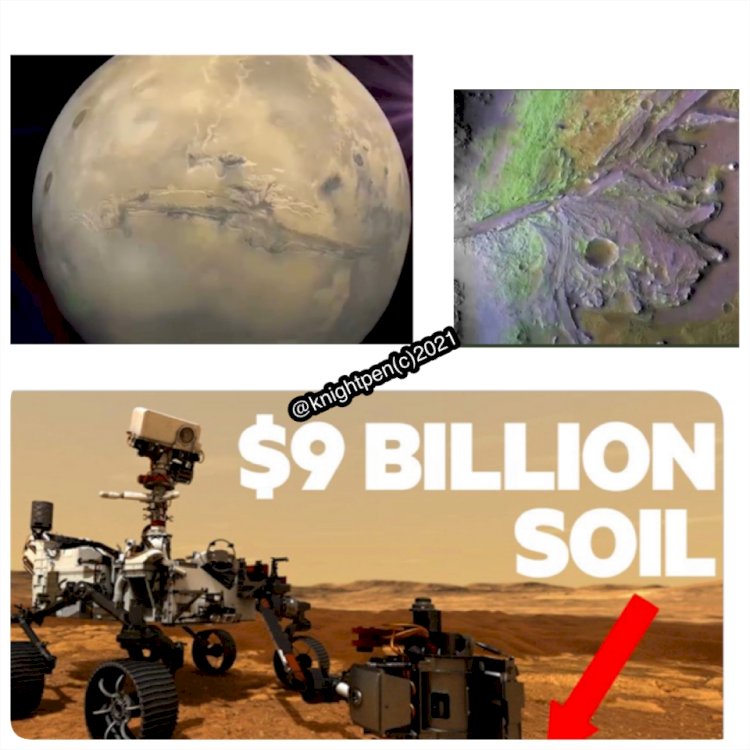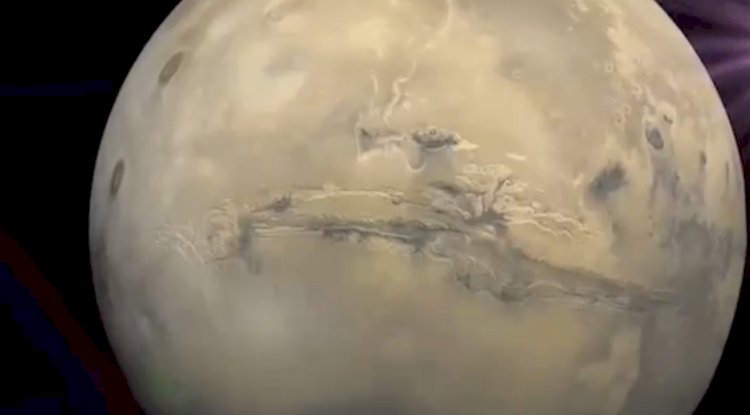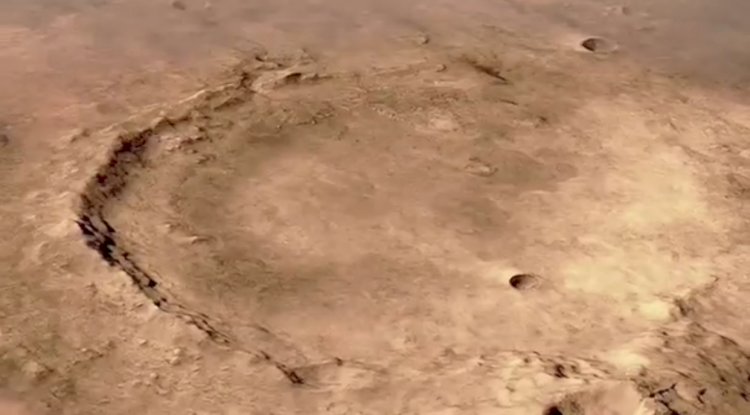NASA PLAN TO TAKE POSSESSION OF THE MOST EXPENSIVE DIRTS IN HUMAN HISTORY
The scientific body plans on bringing mass soil back to earth in a journey that will cost over $9billion.

Three joint space missions are aiming to bring soil samples back from Mars. If they succeed, the dirt will be the most expensive substance known to mankind. So why is Martian soil so expensive? And what could it reveal to us about extraterrestrial life.
On February 18, 2021, the Perseverance rover touched down on Mars, after a seven-month voyage through 300 million miles of space. It’s a feat considering only 40% of missions to Mars have been successful. This first phase cost NASA $2.7 billion. But landing on Mars is just the beginning of a space endeavor so ambitious and sophisticated that each component must go exactly according to plan. “Space is a one-strike-and-you’re-out business,” explained Scott Hubbard.

The rover is searching near Jezero crater, the site of an ancient Martian lake bed, which disappeared billions of years ago. The goal is to reconstruct the crater’s history, since proximity to water offers the best chance of finding signs of life. To do this, the rover was essentially built to act like a mobile laboratory, equipped with cutting-edge technology to analyze the Martian surface with cameras, radars, X-rays, spectrometers, drills and even lasers.

The high resolution zoom cameras that were developed for the rover cost $20 million alone. These 23 on-board cameras will take almost every picture we see of Mars the next few years. In order to succeed, the rover has to be able to withstand and adapt to the extreme conditions of Mars, a planet where the temperature can range anywhere from -200 degrees Fahrenheit to 30 degrees in a given day.

The rover, which is the size of a small car, will spend two years carrying out experiments and collecting samples of Martian rock. Although sample collection will finish in 2023, the samples won’t be picked up from Mars and brought back to Earth until almost a decade later. In order to avoid contamination on the way back to Earth, engineers designed a system to protect samples for up to 10 years, with more than 3,000 moving parts. NASA described it as “the most intricate and technologically advanced system sent to space”

But getting the samples back to Earth involves other challenges as well. First, a fetch rover must be sent to the Martian surface, where its only job will be to retrieve the test tubes and transfer them into the rocket that will land with them. However, the rocket must blast off from another planet, something that has never been done before. Since rocket fuel is explosive and heavy, NASA needed to find a way to make fuel on Mars.
Another challenge is that Mars lacks oxygen, a key component of rocket fuel So scientists had to find a way around this. They developed MOXIE (the Mars Oxygen In-Situ Resource Utilization Experiment) which can convert the Mars atmosphere into oxygen. The device will not only help produce the rocket fuel needed to launch the samples back to Earth, but it is also a promising sign for any astronauts who may visit Mars and need to produce their own oxygen to breathe.
When the fetch rover and samples are ready to go, a waiting spacecraft must launch from Earth at the same time. Once they meet up, the spacecraft will grab the case with the samples, use electric propulsion to turn around, and then drop the samples in an Earth entry vehicle. With so many moving parts, it’s no surprise that NASA’s independent review board projected the total Mars Sample Return Mission at nearly $9 billion.
But the mission only covers the launch, retrieval, and return, not studying the samples, which will likely push costs into the double-digit billions. It’s been more than 50 years since the Apollo moon rocks came back to Earth and they remain invaluable in the scientific community today. If the small amount of Martian dirt does make it back to Earth, the cost will have been high, but its value for mankind could be priceless.
You Can Also Read














